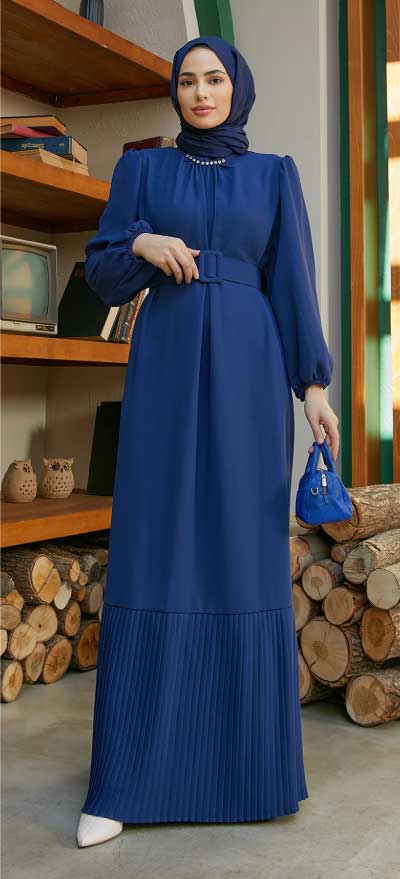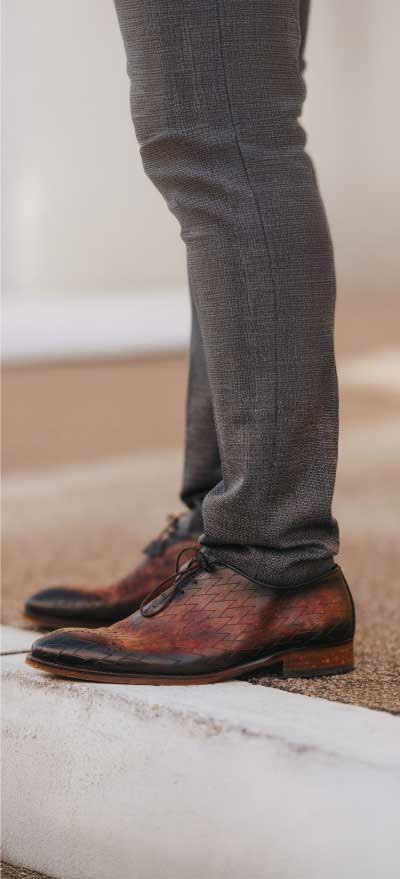Designing an Online Wholesale Women's Clothing Store
The digital transformation of wholesale fashion has created unprecedented opportunities for businesses to reach global markets while streamlining operations. Designing an effective online wholesale women's clothing store requires a strategic approach that addresses the unique needs of B2B customers while maintaining the visual appeal that fashion demands. Whether you're expanding an existing wholesale operation or launching a new venture like Clothing Supplier, understanding the distinct requirements of online wholesale platforms is essential for success.
Understanding B2B Customer Behavior
Wholesale buyers approach online shopping differently than retail consumers. They require detailed product information, bulk pricing structures, and efficient ordering processes that support their business operations. Your website design must accommodate longer browsing sessions, multiple product comparisons, and complex decision-making processes that often involve multiple stakeholders.
B2B customers prioritize functionality over flashy design elements, seeking tools that help them make informed purchasing decisions quickly. They need access to detailed size charts, fabric compositions, care instructions, and availability information that enables them to serve their own customers effectively. Your platform should provide this information in easily digestible formats that support rapid product evaluation.
Creating Intuitive Navigation Systems
Wholesale customers often have specific products in mind when visiting your site, making efficient navigation crucial for user satisfaction. Implement category-based navigation that reflects how buyers think about their inventory needs. Primary categories might include clothing types (dresses, tops, bottoms), seasonal collections, or occasion-specific items (casual, formal, workwear).
Advanced filtering options become essential for wholesale platforms, allowing buyers to narrow selections by size range, color, price point, fabric type, or minimum order quantities. These filters should be prominently displayed and easily adjustable without requiring page reloads. Consider implementing saved search functions that allow returning customers to quickly access their preferred product categories.
Optimizing Product Presentation
High-quality product photography takes on increased importance in wholesale environments, where buyers cannot physically examine merchandise before ordering. Invest in professional photography that showcases each item from multiple angles, including detail shots of construction, fabric texture, and styling options. Consistent lighting and backgrounds create a professional appearance that builds trust with potential buyers.
Include lifestyle images that demonstrate how pieces can be styled and marketed to end consumers. This approach helps wholesale buyers visualize how products will appeal to their target markets while providing marketing materials they can use in their own promotional efforts. Technical specifications like measurements, fabric content, and care instructions should be prominently displayed alongside visual elements.
Implementing Efficient Ordering Systems
The ordering process represents the most critical aspect of wholesale website design. Create streamlined systems that allow buyers to quickly add multiple items in various sizes to their carts. Implement bulk ordering tools that enable customers to specify quantities across size ranges without repetitive individual selections.
Develop pricing structures that clearly communicate volume discounts and minimum order requirements. Tier-based pricing should be immediately visible to qualified buyers, with automatic calculations that show potential savings for larger orders. Consider implementing quick reorder functions for returning customers who frequently purchase similar items.
Building Trust Through Professional Design
Professional appearance and functionality directly impact buyer confidence in wholesale environments. Your website design should reflect the quality and reliability that B2B customers expect from their suppliers. Clean, modern layouts with intuitive user interfaces create positive first impressions that encourage deeper engagement with your product catalog.
Implement security features that protect sensitive business information and payment data. Display security certificates, customer testimonials, and business credentials prominently to build trust with new visitors. Clothing Supplier's success in online wholesale markets demonstrates how professional presentation directly correlates with customer acquisition and retention.
Mobile Optimization for Business Users
While desktop computers remain primary tools for wholesale purchasing, mobile optimization has become increasingly important as buyers use smartphones and tablets for preliminary product research and order tracking. Ensure your website functions seamlessly across all devices while maintaining full functionality for complex wholesale operations.
Mobile-optimized designs should prioritize essential functions like product browsing, basic ordering, and account management. Consider developing dedicated mobile apps for frequent customers that provide streamlined access to ordering tools, inventory updates, and customer service features.
Customer Account Management Systems
Wholesale customers require sophisticated account management tools that support their business operations. Implement user account systems that provide access to order history, tracking information, payment status, and credit terms. These accounts should allow multiple users from the same organization to access shared information while maintaining appropriate permission levels.
Develop customer service integration that connects account management with support systems. Buyers should be able to easily access help with orders, request product information, or resolve issues through integrated communication tools. This approach reduces friction in the buying process while building stronger customer relationships.
Inventory Management Integration
Real-time inventory information becomes crucial for wholesale operations, where stockouts can significantly impact customer relationships. Integrate your website with inventory management systems that provide accurate availability information and estimated restocking dates. This transparency helps buyers make informed decisions about order timing and quantities.
Consider implementing pre-order systems for popular items that frequently sell out. This approach allows customers to secure inventory for future delivery while providing valuable demand forecasting data for your business planning.
SEO and Digital Marketing Considerations
B2B search patterns differ significantly from consumer behavior, requiring specialized SEO approaches. Focus on long-tail keywords that reflect how wholesale buyers search for products, including terms like "bulk women's clothing," "wholesale fashion suppliers," or "designer clothing distributors." Create content that addresses common buyer concerns about quality, reliability, and business terms.
Develop digital marketing strategies that target business decision-makers through professional networks and industry publications. LinkedIn advertising, trade publication partnerships, and industry event participation can drive qualified traffic to your wholesale platform more effectively than general consumer marketing approaches.
Conclusion
Successful online wholesale women's clothing stores balance professional functionality with appealing product presentation. By focusing on B2B customer needs, implementing efficient ordering systems, and maintaining professional design standards, businesses can create platforms that drive growth while building lasting customer relationships. Whether expanding existing operations or launching new ventures, these design principles provide the foundation for thriving in the competitive online wholesale fashion market. Companies like Clothing Supplier demonstrate that thoughtful website design directly impacts business success in the digital wholesale environment.


































